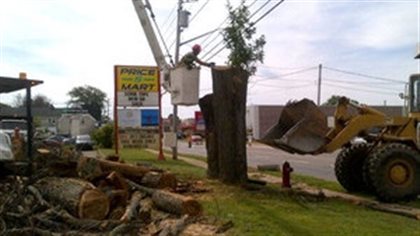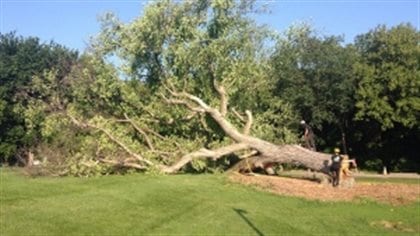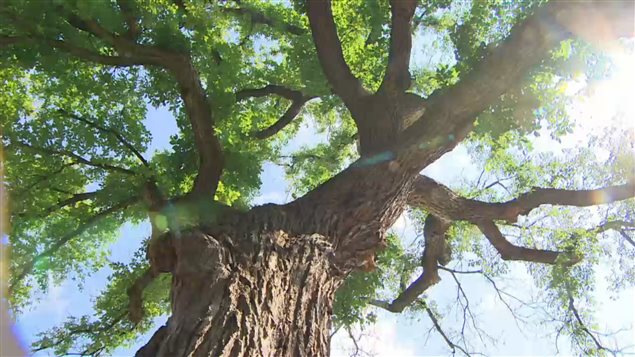Charlottetown to begin cutting 300 trees.
They are majestic soaring trees, providing shade in hot cities, and life for birds and animals. But hundreds more elms are to set to be cut down again this year, this time in Charlottetown, Prince Edward Island.

It’s part of the ongoing battle against Dutch Elm disease. The disease is a fungus which kills the tree and is spread by the elm bark beetle, It gets its “Dutch” name from the Dutch researchers who identified it in 1921.
The disease first reached North America with infected beetles arriving in the late 1920’s in lumber destined for the US furniture industry, and again in the 1940’s when a slightly different and more aggressive variant arrived in North America.

Since the 1960’s Canada has lost hundreds of thousands of the big elms, especially in central and eastern provinces.
Charlottetown, P.E.I., announced this week that they will have to cut down some 300 of the city’s majestic trees at a cost of about $500,000.
There has been no really effective way to combat the disease. Pesticides for example cause other problems and so cutting and destroying infected trees has been the most practised solution, although some “vaccination” treatments have met with mitigated success.

Other measures include those such as the Elm Recovery Project at the University of Guelph in Ontario which seeks to propagate elms that have shown natural resistance to the disease.







For reasons beyond our control, and for an undetermined period of time, our comment section is now closed. However, our social networks remain open to your contributions.